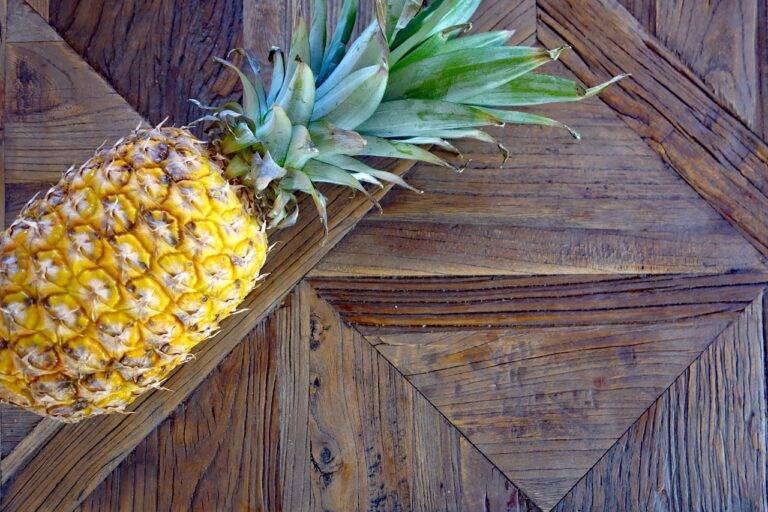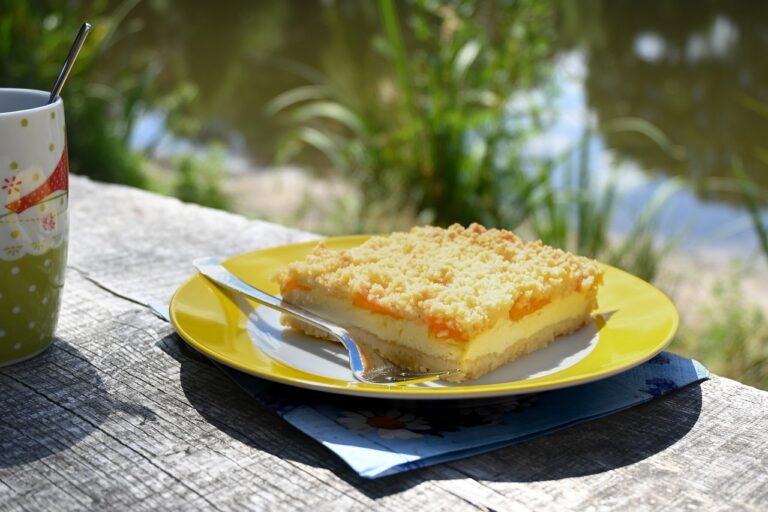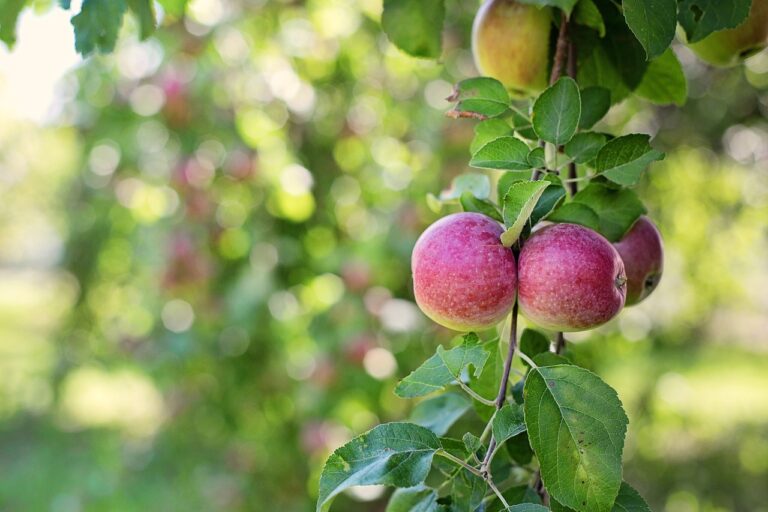The Intersection of Food and Art: Culinary Creations as Masterpieces
Culinary creativity has constantly been in flux throughout history, adapting to cultural shifts and technological advancements. From the earliest civilizations that relied on basic ingredients for sustenance to the modern gastronomic landscape that celebrates fusion cuisine, the evolution of culinary creativity is a dynamic tapestry of innovation and tradition. Ancient recipes have been passed down through generations, each iteration adding new flavors and techniques to the culinary repertoire.
In today’s culinary world, chefs are pushing boundaries and redefining traditional dishes with their own unique twists. The blending of different cuisines and ingredients has led to a rich tapestry of flavors and textures that captivate the senses. This ongoing evolution of culinary creativity not only delights food enthusiasts but also sparks curiosity and excitement in exploring new gastronomic horizons.
• The history of culinary creativity can be traced back to ancient civilizations
• Traditional recipes have been passed down through generations, evolving with new flavors and techniques
• Modern chefs are redefining traditional dishes with unique twists and fusion cuisine
• The blending of different cuisines and ingredients has created a rich tapestry of flavors and textures in today’s culinary world
The Influence of Visual Presentation in Food
In the world of culinary arts, visual presentation plays a pivotal role in capturing the attention of diners. The presentation of a dish holds the power to evoke a range of emotions even before the first bite is taken. A well-presented plate can elevate the dining experience, leaving a lasting impression on the eater. From the vibrant colors of fresh ingredients to the precise arrangement of components on the plate, visual appeal is a key element in the art of gastronomy.
Restaurants and chefs worldwide carefully craft their dishes to not only taste exceptional but also look visually stunning. The presentation of food is akin to a work of art, with chefs utilizing various techniques and tools to create visually striking plates. Whether it’s the intricate drizzle of sauce or the delicate placement of garnishes, every detail contributes to the overall visual impact of the dish. The influence of visual presentation in food is undeniable, as it adds an extra layer of sensory experience to the act of dining.
Exploring the Relationship Between Flavor and Aesthetics
In the world of culinary arts, flavor and aesthetics play a crucial role in the overall dining experience. The visual presentation of a dish can greatly impact how it is perceived and enjoyed by diners. From vibrant colors to meticulous plating techniques, the aesthetics of food can entice the senses and create a memorable experience. On the other hand, flavor is equally important as it is what ultimately delights the taste buds. The careful balance of ingredients, seasonings, and cooking methods contributes to the harmony of flavors that can elevate a dish to a whole new level of culinary delight.
When flavor and aesthetics are in perfect sync, a dish becomes not only a feast for the taste buds but also a work of art for the eyes. The presentation of a dish can enhance its flavors and create a multi-sensory experience for diners. Chefs often take great care in crafting visually stunning plates that not only look appealing but also complement the flavors and textures of the food. This attention to detail and harmony between flavor and aesthetics showcases the creativity and skill of the chef, elevating the dining experience to a form of culinary artistry.
How has culinary creativity evolved over time?
Culinary creativity has evolved through the centuries as chefs experiment with new ingredients, techniques, and flavor combinations to create innovative dishes.
How does visual presentation impact our perception of food?
Visual presentation plays a crucial role in how we perceive and enjoy food. A beautifully plated dish can enhance the overall dining experience and make the food more appetizing.
Is there a connection between flavor and aesthetics in food?
Yes, there is a strong connection between flavor and aesthetics in food. The visual appeal of a dish can influence our expectations of its taste, while the flavor profile can enhance the overall aesthetic experience of the meal.







